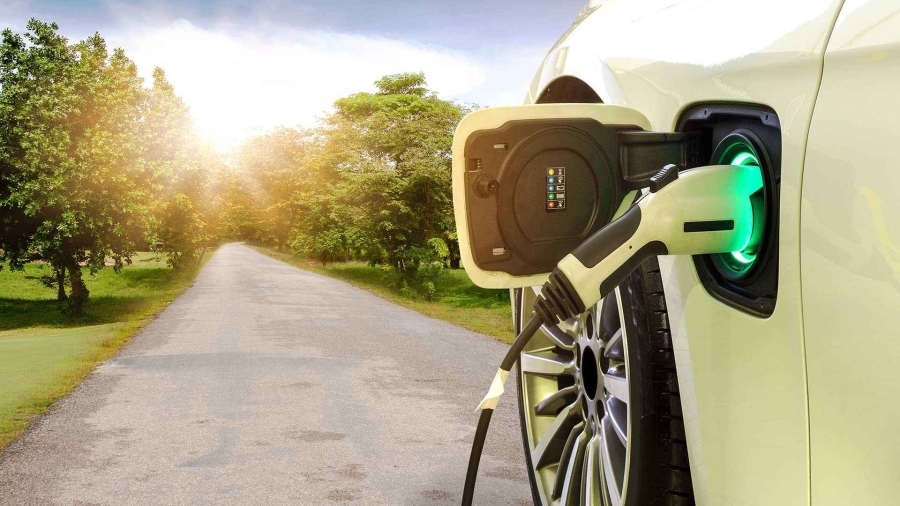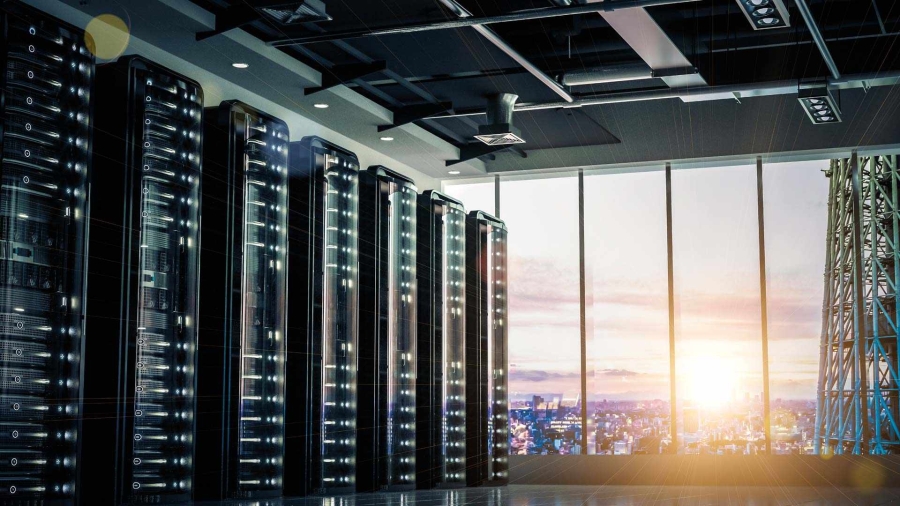At the moment, there are just 10 million EVs on the world’s roads and that’s just a tiny portion of the world’s 1 billion total stock, and of global annual vehicle sales[1]. But EV sales are rising– and rapidly. The International Energy Agency (IEA) which works with countries to shape energy policies estimates that, despite the COVID pandemic disrupting production which also dented consumer demand for big-ticket buys, EVs should represent around 8-9 percent of global stock by 2030. That means that in less than nine years – there will be as many as 130 million EVs on the world’s roads by then.
The growth of EV’s by country and manufacturer is fluid and changing quickly. In 2020, Europe superseded China as the global driver of electric car sales for the first time in five years [2]. Volvo recently announced that EV’s made up more than one-third of its sales in the EU for the first time. GM announced it will no longer sell petrol and diesel cars after 2035.[3]
The pace of the transition to electric vehicles will not only revitalize today’s sluggish auto markets and spark growth for brands who transform in the next decade, it will urgently address today’s climate challenges, by accelerating the clean energy transition and increasing electrification.
For the past decade, electric vehicles have been on the edge of the automotive industry spurred by pioneering enthusiasts, environmentalists or alternative tech advocates. Now, demand will increasingly come from consumers, corporates, investors, city planners and property developers who can do even more to foster and scale adoption faster.
The environmental, health and economic benefits of electrification and decarbonization of road transportation and energy systems will reduce air pollution in densely populated cities, contribute to energy diversification and curb carbon emissions. The planet will be better off, cities will be less noisy, urban space will be cleaner and city-dwellers will enjoy better lives.
This tipping point can only be achieved by the conversion of both logical (IQ) and emotional (EQ) drivers for change. This powerful combination is rapidly making EV ownership both feasible and desirable for corporate and private buyers alike– and at a faster pace than most casual observers realize.
EVs make senseSheer financials, technology advances and efficiencies are now delivering the IQ rationale to take up EVs.
Firstly, in terms of financial drivers, governments are increasingly passing incentive measures built-in stimulus packages, either as direct subsidies or tax deductions. These clear commitments offer long-term support to drive EV sales for both carmakers and consumers. Norway is, without question, the frontrunner here, offering incentives since 1990 to successfully meet their 2025 target of 100 percent ‘zero-emission’ vehicles. Their municipalities also encourage the transition through initiatives such as free parking for EVs and exclusive access to bus lanes.
Furthermore, as the cost of batteries decreases and the total cost of EV ownership improves with cheaper maintenance and fueling, both lower transactional prices and EV running costs will add up to a more attractive proposition.
As EV technologies improve– so will the uptake. A vehicle’s range has long been the main worry holding back potential buyers. Driver confidence can be won with cheaper, better-performing batteries and smart AI solutions to extend their operational lifespan.
But the game changer will be charging stations. Gradually expanding today’s limited infrastructure will help drive consumer demand. Easier access to fast charging options will meet fueling needs when out on the road and will not only build confidence but push down EV prices as battery capacity is optimized.
All of this means EVs are fast becoming a viable option for both private buyers and fleet operators. Companies with large fleets now understand that electric is the cheaper option today. In the case of delivery fleets, all major logistics operators have looked at the full lifetime costs of vehicles and recognize the attractiveness EV brings. Furthermore, delivery vans are leading this shift as they don’t face long-distance driving range challenges and their charging patterns are relatively predictable, regular and manageable. Over 100 companies have now joined the Climate Group’s EV100 initiative, committing to electrifying their fleets, simply because it makes good commercial sense.
The UN Climate Conference, COP26, to be hosted in Glasgow this year will prioritize EVs as one of the sectoral campaigns to accelerate climate action on the ground.
Emotional intelligence will seal the dealTrue success will mean that non-financial, EQ factors need to come into play.
Increasingly corporates are under pressure to take environmental and social goals as seriously as profit and revenue targets. Rolling out fleets of EVs are just one ESG corporate initiative to lower carbon footprint which also increases a company’s appeal with its customers, employees and investors.
Meanwhile, auto brands are starting to change their image from manufacturers of gas-guzzling, carbon-spewing SUVs to focus on EV. This will build emotional appeal with private buyers. Trend-setters like Tesla have come far in disrupting the industry with their own brand of visionary innovation; others like GM are hot on their heels by making bold carbon pledges.
Within 10 years, electric cars have moved from being expensive playthings and status symbols to show off green credentials to becoming reliable, mass-market machines that can appeal to less affluent, real paying customers and actually make money.
There’s still a long way to go until the world’s new car fleet goes entirely electric but a virtuous cycle is picking up steam. Given how much CO2 today’s cars and trucks are emitting, an increasingly rapid transition is key to addressing the climate challenge.
As the various pieces of the EV puzzle fall into place and continue to gain momentum, the planet is one step closer to winning the race to zero emissions.
[1] BNEF EVO 2020
[2] EV-Volumes.com
[3] FT.com













